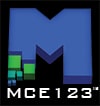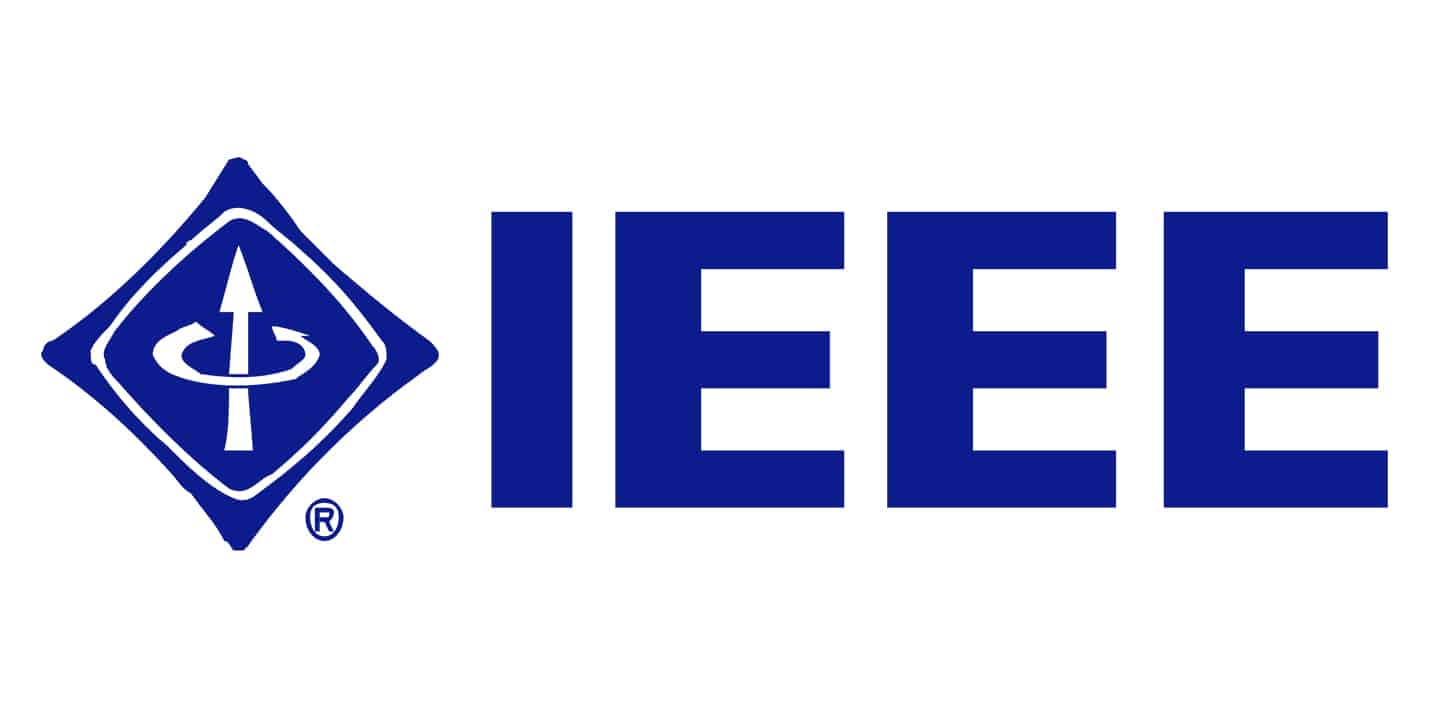This invention concept is star charting navigational systems, which are primarily used for satellites and spacecraft, however, can also be used for military purposes, such as for missile guidance, or for aircraft navigational systems. These systems work by keeping track of the stars in the sky, with photographic evidence taken from cameras, pointing upwards, from satellites, spacecraft, or missiles, and aircraft. The systems can also be used with maritime vessels, as well, using cameras that are pointing up into the night sky. These systems keep track of what date it is, and then also what the stars look like in the sky, and then also what the presumed position of the object is, based on these facts, and then the systems obtain a precise location based on these facts, to determine a more precise location of the object, based on the distance from planet(s), for an instance, and distances from stars, or directions or angles that stars appear in. These systems, when made to be precise, can be used to determine navigational charts for spacecraft, based on distances from planets or other objects, and distances from certain stars, based on previous data collected about distances between various stars in space. These distances can be determined either with laser distance measuring technologies, or through light exposure studies with high-resolution cameras. These technologies could be used in the future, to map out galaxies, and to determine precise locations within galaxies, when using spacecrafts or probes to travel in galaxies, relative to planets or planetary systems, such as Earth or our solar system, when travelling into other solar systems, with spacecraft. Space probes or spacecraft that are sent out to chart the Universe, or even just the galaxy, could collect data about the distances between various objects in the Milky Way Galaxy, to be able to determine a real-time model of the galaxy, based on previous data collected, and also based on real-time data collected from optical collection devices, such as cameras at all angles. These probes could be the spherical satellites, that have cameras around the spherical object, with navigational systems, that allow the spherical spacecraft or probes to travel, and the communicate the data back to Earth or back to other probes or other spacecraft that are closer to Earth, so the data can be sent back to Earth, so the models can be compiled, and maintained, so that space travel can be accomplished in the future, with autonomous space drones or autonomous spacecraft.
MCE123 - Technology Development
MCE123℠ Intellectual Property Rights Management
MCE123℠ invents original concepts in our Technology Development department, such as for new high-tech technologies, which can be purchased ahead of time by other organizations to develop into physical products for a fee. Some of these concepts have already been physically developed by MCE123℠ Technology Development with our partners in the government, and are classified as national security technologies, in which we allow the government to develop the technologies as part of our company, and we own the technologies, since we invented them, and they were never purchased. We may not allow these technologies to be purchased by others, however the technologies must be purchased from our company if they are ever purchased from production, as they are our technologies. There are government policies and government legislation that prevents the technologies from being purchased without MCE123℠ Technology Development being paid for its works to invent the technologies as/for the government.
You must have our authorization to work on our products or services, ahead of time, in physical writing, regarding any invention you read about on our website. Please consult with the MCE123℠ Legal Department before using any concepts from us, as we spend countless hours developing these concepts from scratch, and you must pay us to use these concepts, or even modify the concepts and use the concepts, even with significant modification. All works that derive from our works, including extrapolations or derivatives, are our property if you do not follow due process by obtaining physically written permission from us ahead of time. You must purchase all intellectual property relating to a technology concept before you begin work on any of our products or services. Failure to do so will result in Intellectual Property lawsuits and cases from our attorneys to compensate our company for intellectual and monetary damages that we have incurred due to any third party developing, using, or misusing any of our products.
This Intellectual Property is owned by MCE123℠ Technology Development. By viewing this Intellectual Property, you agree to the rights of the IP holder established under the Intellectual Property Rights Management agreement. To use the Intellectual Property, you must first obtain an Intellectual Property license, and you must pay royalties for each product that is produced using the Intellectual Property license.
MCE123℠ Technology Usage Policy Disclaimer
MCE123℠ does not support experiments using animals or human beings, at all, and all trials pertaining to or using animals or human beings using technologies invented by MCE123℠ must be agreed to in a physically pre-written contract agreed to between MCE123℠, its attorneys, and each individual, a separately pre-written contract for each technology, a separately pre-written contract for each individual, with the terms of which can be modified in various ways to ensure the security of our staff and the public, and additionally of which each individual contract can be cancelled or audited at any time and at all times by any individual or legal staff in the public. Any usage of our technologies must also be paid for to MCE123℠, or there was no agreement and thus no contract to provide any products or services, not even for scientific experimentation and educational uses. Any unauthorized usage or utilization of our technologies will be filed under the misuse clause, to cease and desist all usage of our technologies by unauthorized persons or organizations.

















